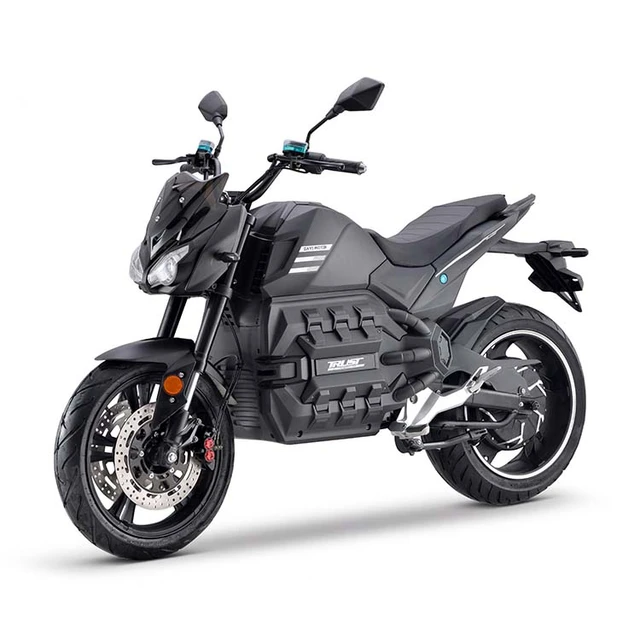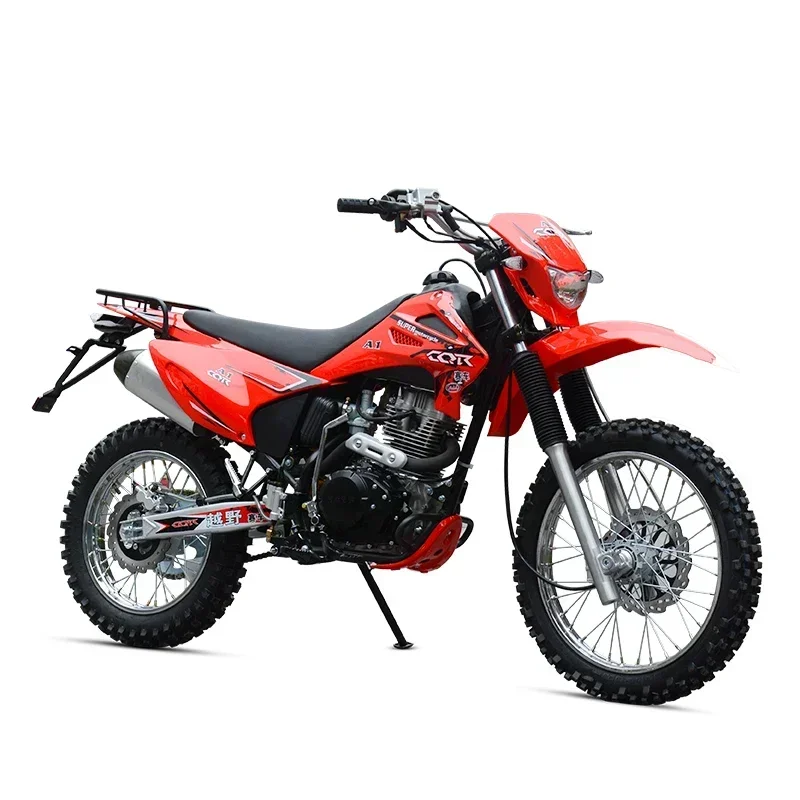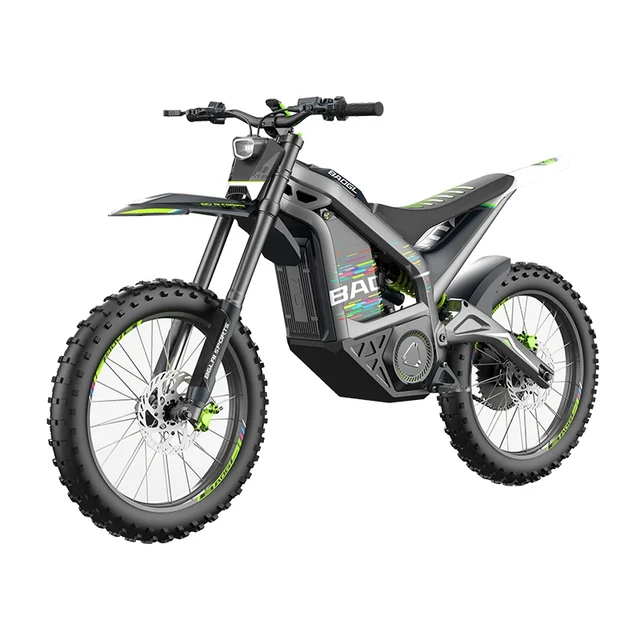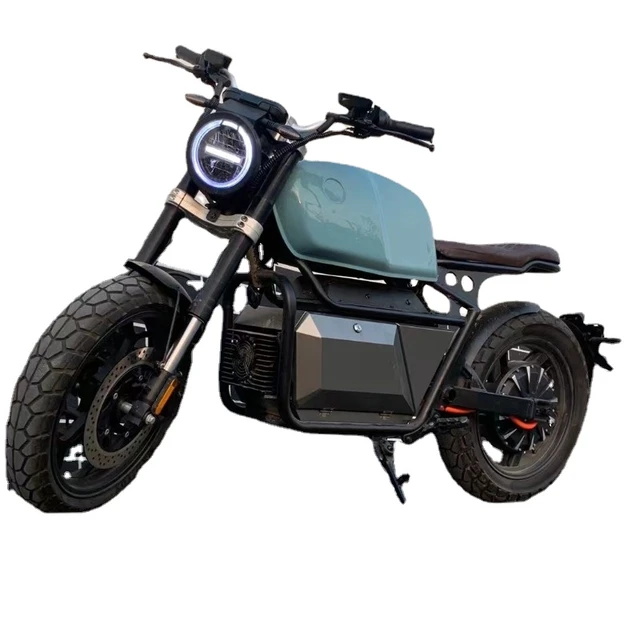Understanding the anatomy of a motorcycle provides essential insights into how each component and system functions together, ensuring performance, control, and safety. A motorcycle is an intricate machine, with various parts working in unison. This comprehensive guide covers the primary components, systems, and their roles, offering a detailed look at how motorcycles operate. By understanding these elements, riders can better maintain their bikes and improve their riding experience.
Anatomy of a Motorcycle:
How Do the Components and Systems Work Together?
What Is the Backbone of a Motorcycle?
The frame, or chassis, forms the structural foundation of a motorcycle, supporting various components and systems.
Main Frame:
Structural Integrity:
Material Composition: Motorcycle frames are typically constructed from materials like steel, aluminum, or carbon fiber. Steel frames provide durability and strength, aluminum frames offer a balance of strength and lightweight properties, while carbon fiber is used in high-performance bikes for its light weight and rigidity.
Types of Frames: Different types of frames include the backbone frame, cradle frame, trellis frame, monocoque frame, and perimeter frame. Each design offers distinct advantages in terms of flexibility, strength, and weight distribution.
Subframe:
Supporting Components:
Passenger Accommodation: The subframe is an extension of the main frame, providing additional support for components like the seat, passenger footrests, and tail section. Subframes must be robust to handle additional weight and stress.
Detachable Designs: Some motorcycles feature detachable subframes, allowing for easier repair, customization, and maintenance.

The Engine:
How Does the Heart of the Motorcycle Function?
The engine is the power source of the motorcycle, converting fuel into mechanical energy to propel the bike.
Varieties and Configurations:
Single-Cylinder: Ideal for smaller bikes and off-road motorcycles, single-cylinder engines offer simplicity and lightweight design but may lack power at higher speeds.
Multi-Cylinder: Multi-cylinder engines, including twin, triple, and four-cylinder configurations, provide smoother power delivery and increased performance. These engines are common in sport and touring motorcycles.
Two-Stroke vs. Four-Stroke: Two-stroke engines offer a higher power-to-weight ratio but can be less fuel-efficient and environmentally friendly. Four-stroke engines are more common, offering better fuel efficiency, durability, and compliance with emission standards.
Fuel Delivery Systems:
Feeding the Engine:
Carburetors: Carburetors mix air and fuel for combustion. While simpler and less expensive, they require more adjustments and maintenance.
Fuel Injection: Fuel injection systems deliver fuel directly into the combustion chamber, offering precise control and better efficiency. They are more common in modern motorcycles due to improved performance and reliability.
Cooling Systems:
Managing Engine Heat:
Air-Cooled: Air-cooled engines use airflow to dissipate heat, typically featuring fins on the engine block to increase surface area. They are simpler and lighter but less effective in managing high temperatures.
Liquid-Cooled: Liquid-cooled engines use a coolant circulating through a radiator to manage engine heat. This system offers better temperature control, essential for high-performance motorcycles.
 The Transmission:
The Transmission:
How Is Power Transferred from the Engine to the Wheels?
The transmission system manages power delivery from the engine to the rear wheel, allowing the motorcycle to operate efficiently at different speeds.
Clutch System:
Engaging and Disengaging Power:
Manual Clutch: Motorcycles typically use a manual clutch operated by a lever on the left handlebar. The clutch disengages the engine from the transmission during gear changes, allowing for smooth transitions.
Automatic and Semi-Automatic: Some motorcycles feature automatic or semi-automatic clutches, simplifying gear changes by minimizing the need for manual clutch control.
Gearbox:
Managing Gear Ratios:
Manual Transmission: Most motorcycles use a manual transmission with a sequential gearbox. Riders shift gears using a foot-operated lever, typically arranged in a one-down, five-up pattern for six-speed transmissions.
Automatic Transmission: Automatic transmissions, like Continuously Variable Transmissions (CVTs), are found in some scooters and motorcycle models. They automatically adjust gear ratios for smooth acceleration without manual input.
Final Drive:
Connecting Transmission to Wheels:
Chain Drive: Chain drives are common, offering durability and efficiency. They require regular maintenance, including lubrication and tension adjustments.
Belt Drive: Belt drives are quieter and require less maintenance than chain drives. They provide smooth power delivery but may not handle high torque as effectively.
Shaft Drive: Shaft drives are found in touring and cruiser motorcycles, offering low maintenance and reliability. They are heavier and more complex but provide a long-lasting, clean power transfer system.
The Suspension System:
How Does It Enhance Comfort and Handling?
The suspension system is crucial for absorbing shocks, maintaining tire contact with the road, and enhancing ride comfort and handling.
Front Suspension:
Handling Front Loads:
Telescopic Forks: Most anatomy of a motorcycle use telescopic forks for front suspension. They consist of inner and outer tubes with springs and damping mechanisms to absorb shocks and maintain stability.
Inverted Forks: Inverted or upside-down forks place the thicker tubes at the top, reducing unsprung weight and improving handling in high-performance motorcycles.
 Rear Suspension:
Rear Suspension:
Balancing Rear Loads:
Twin Shock Absorbers: Older and classic motorcycles often use twin shock absorbers mounted on either side of the rear wheel. They provide adequate suspension but may lack advanced damping control.
Monoshock: Modern moto anatomy often use a monoshock rear suspension, which mounts a single shock absorber centrally. This design offers improved handling, better weight distribution, and advanced damping control.
Adjustability:
Customizing Ride Quality:
Preload Adjustment: Preload adjustment allows riders to set the initial tension of the suspension springs, accommodating different rider weights and cargo loads for optimal performance.
Damping Adjustment: Adjusting compression and rebound damping fine-tunes how the suspension reacts to road conditions, enhancing ride quality and handling.
The Braking System:
How Does It Ensure Safe and Controlled Stops?
The braking system is vital for controlling speed and ensuring safe stops, especially in emergency situations.
Front Brakes:
Primary Stopping Power:
Disc Brakes: Front brakes typically feature disc brakes with hydraulic calipers. They offer strong stopping power and precise control, essential for safe braking.
Multiple Discs: High-performance motorcycles may use dual-disc setups for increased braking efficiency and reduced stopping distances.
Rear Brakes:
Supplementary Stopping:
Disc and Drum Brakes: Rear brakes can be disc or drum brakes. While rear brakes provide supplementary stopping power, they help balance the bike during braking and prevent skidding.
Integrated and Combined Braking Systems (CBS): CBS ensures both front and rear brakes are applied together, improving stability and safety during braking.
Anti-Lock Braking System (ABS):
Preventing Wheel Lock-Up:
Enhanced Stability: ABS prevents wheel lock-up during hard braking, reducing the risk of skidding and maintaining control. It automatically modulates brake pressure to ensure safe and controlled stops.
Mandatory Feature: ABS is becoming a mandatory feature in many regions for enhanced motorcycle safety, especially in wet or slippery conditions.
The Electrical System:
How Do Electrical Components Enhance Motorcycle Functionality?
The electrical system powers various components and systems, ensuring proper motorcycle operation and enhancing rider convenience.
Battery:
Power Supply:
Battery Types: Motorcycles typically use lead-acid or lithium-ion batteries. Lithium-ion batteries are lighter and offer longer lifespans but are more expensive.
Maintenance: Regular maintenance includes checking terminal connections, fluid levels (for lead-acid batteries), and keeping the battery charged during periods of inactivity.
Charging System:
Maintaining Battery Charge:
Alternator: The alternator generates electrical power to recharge the battery and power electrical components. It is driven by the engine, ensuring a continuous power supply while riding.
Regulator/Rectifier: The regulator/rectifier ensures a stable voltage output from the alternator, converting AC to DC and maintaining battery charge.
Lighting System:
Visibility and Safety:
Headlights: Headlights are crucial for visibility and night riding. Modern motorcycles use LED or HID lights for better illumination and energy efficiency.
Indicators and Tail Lights: Turn indicators and tail lights enhance visibility to other road users, ensuring safer lane changes and braking.
Instrument Panel:
Monitoring Performance:
Digital and Analog Gauges: The instrument panel displays essential information like speed, engine rpm, fuel level, and warning lights. Digital displays offer advanced features like trip meters, fuel consumption data, and service reminders.
Customization: Many riders opt for aftermarket instrument panels to enhance functionality and aesthetic appeal.
 The Fuel System:
The Fuel System:
How Is Fuel Managed and Delivered to the Engine?
The fuel system ensures proper fuel delivery for combustion, impacting anatomy of a motorcycle and efficiency.
Fuel Tank:
Storage and Supply:
Capacity and Design: Fuel tanks vary in capacity and design, affecting the motorcycle’s range and aesthetics. Larger tanks offer longer distances between refueling, while smaller tanks suit sportier designs.
Fuel Gauges: Most motorcycles feature fuel gauges to monitor fuel levels, ensuring timely refueling and preventing engine stalling.
Fuel Delivery:
From Tank to Engine:
Fuel Pumps: Fuel pumps transfer fuel from the tank to the engine. Modern motorcycles use electric fuel pumps for consistent and efficient fuel delivery.
Fuel Filters: Fuel filters remove impurities from the fuel, protecting the engine from damage and ensuring smooth operation.
Conclusion
Understanding the motorcycle anatomy involves exploring various components and systems that work together to ensure performance, control, and safety. The frame and chassis provide structural integrity and support for critical components, while the engine converts fuel into mechanical energy to propel the bike. The transmission system manages power delivery, and the suspension system absorbs shocks for enhanced ride comfort and handling. Braking systems ensure safe and controlled stops, and electrical systems power various components for functionality and convenience in 2024. The fuel system manages fuel storage and delivery, ensuring efficient engine performance. By comprehensively understanding these elements, riders can better maintain their motorcycles, enhance their riding experience, and ensure safety on the road.

